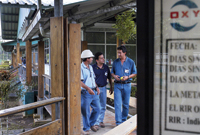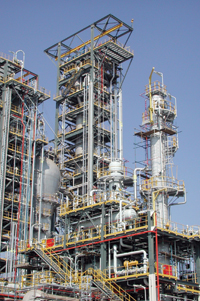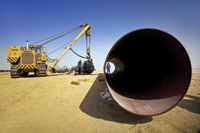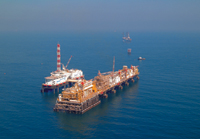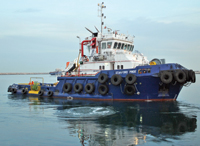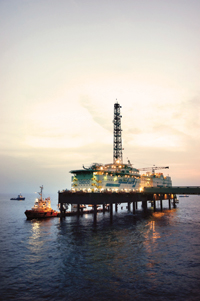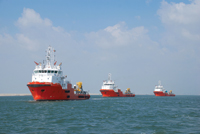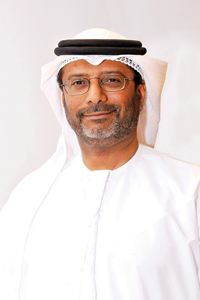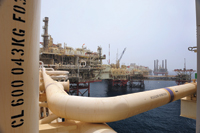
THE year 2013 marks the start of a period of rapid growth in the windfarm construction vessel market and it coincides with new operational demands that require careful consideration, particularly in the design of jack-up systems. DNV highlights the need for owners and yards to consider both class and flag state requirements when evaluating limited operation designs.
At least 20 new windfarm installation vessels will be required by 2020 only to meet Europe’s anticipated growth in offshore wind capacity which the European Wind Energy Association expects to reach 40 GW.
“Growth in vessel orders is now doubling every two years,” says DNV’s regional manager India and Middle East Jørgen Traun. “It is therefore critical that the already established practice of allowing for limited design conditions are treated consistently across flag states and that emerging trends in operational requirements are catered for.”
Flag states have flexibility in deciding the level of compliance required with Solas (safety of life at sea) and Modu (mobile offshore drilling units) codes depending on the intended operational envelope of the vessel. DNV warns that communication is important to ensuring robust designs are produced that will meet future international market needs.
Solas certificates are required because of the operation of these vessels as cargo ships and Modu code compliance is required for the elevated phase of operations. The need for a large non-maritime crew also means additional SPS requirements for stability and life-saving.
“These vessels are a mix of offshore jack-up and cargo ship that is relatively new to the maritime world. They carry out repeated operations in restricted waters, but unlike other offshore units, they are constantly on the move, requiring jack-up operations on average every second day. They also need to be able to escape bad weather at very short notice. They enter port to pick up windfarm components on a regular basis and this equipment is increasing in size as the industry moves more and more towards pre-fabrication of wind turbine units,” says Derek Hoare, business development manager region India and Middle East.
DNV released class notations for offshore windfarm construction vessels in 2009, and DNV’s GeniE design and analysis software is extensively used to develop the hull structure for these vessels.
“2013 sees us strengthening our position in the market yet again as we bring our regulatory knowledge and technical experience to focus on the safety of jack-up systems. Nothing can be taken for granted, and owners need specialist technical support,” says Traun.




















































































